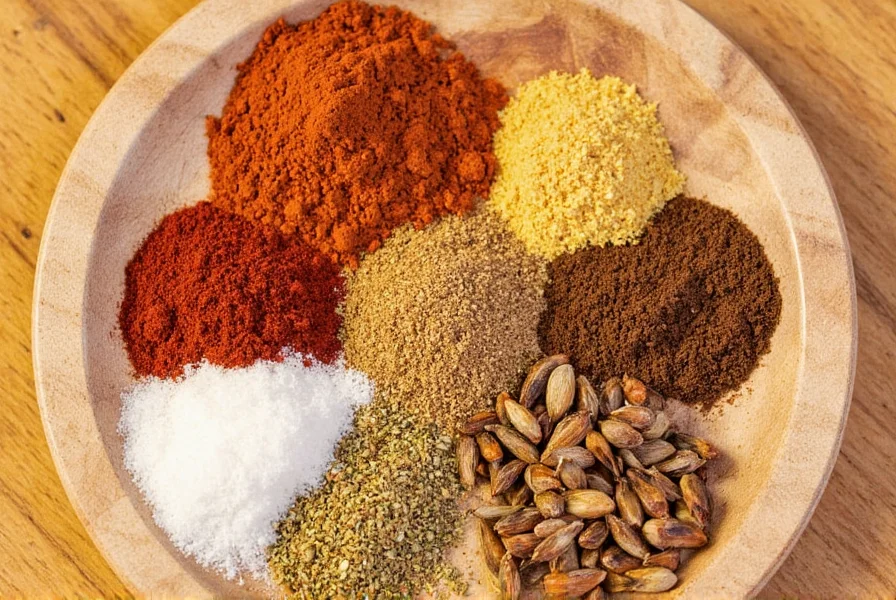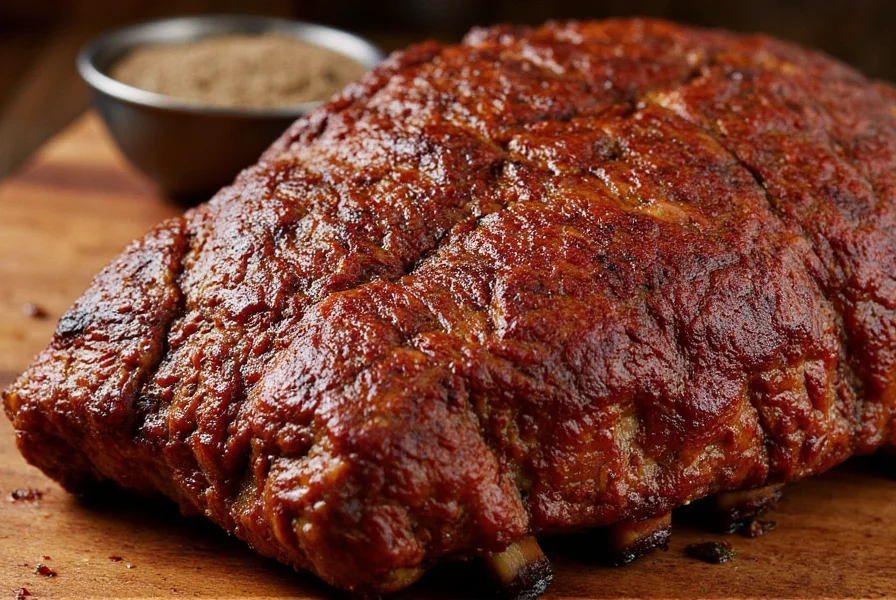Table of Contents
Introduction to Common Spice Names
Understanding common spice names is essential for any cook seeking to enhance their culinary skills. Spices are dried seeds, fruits, roots, barks, or other plant parts used to add flavor, aroma, and color to food. Each spice has unique characteristics that influence dishes differently. This guide explains key spice names, their properties, and practical applications to help you make informed choices in the kitchen.

Practical Tips for Using Spices
Here are essential tips for working with spices effectively:
- Know Your Spices: Learn the flavor profiles of common spices to select the right one for each recipe.
- Experiment with Pairings: Combine spices thoughtfully—some create harmonious blends, while others may clash.
- Store Properly: Keep spices in airtight containers away from light and heat to preserve freshness and potency.
- Use Freshness Matters: Opt for recently ground spices for maximum flavor intensity; whole spices retain potency longer.
- Read Labels Carefully: Check packaging for spice names and origins to ensure quality and authenticity.

Comparison Table of Common Spices
Below is a comparison of widely used spices with their key attributes:
| Spice Name | Flavor Profile | Common Use | Best With |
|---|---|---|---|
| Black Pepper | Pungent, slightly sweet | Seasoning meats, vegetables, and sauces | Steak, roasted chicken, tomato-based dishes |
| Cumin | Earthiness, warmth | Curries, stews, and Mexican cuisine | Beef, beans, rice, and tortillas |
| Coriander | Citrusy, floral | Indian and Middle Eastern dishes | Lamb, fish, and vegetable curries |
| Garam Masala | Warm, complex | Indian and South Asian cooking | Chicken, lentils, and rice dishes |
| Chili Pepper | Spicy, smoky | Hot sauces, salsas, and spicy dishes | Grilled meats, tacos, and soups |

Buying Guide for Spices
When purchasing spices, consider these factors to ensure quality and value:
1. Black Pepper
Features: Derived from dried berries of the Piper nigrum plant, it offers a sharp, pungent taste with subtle sweetness.
Advantages: Versatile for savory and sweet dishes, enhances other flavors, and has antioxidant properties.
Use Cases: Ideal for seasoning grilled meats, soups, stews, and even desserts like chocolate cakes.
Target Audience: Home cooks, professional chefs, and spice enthusiasts seeking reliable everyday seasoning.
Suitable Occasions: Daily cooking, barbecues, and holiday meals.

2. Cumin
Features: From seeds of the Cuminum cyminum plant, it has a warm, nutty, and slightly citrusy flavor.
Advantages: Adds depth to rich dishes, especially when paired with tomatoes or legumes.
Use Cases: Perfect for curries, chili, taco seasoning, and Middle Eastern spice blends.
Target Audience: Fans of Mexican, Indian, or Middle Eastern cuisines.
Suitable Occasions: Family dinners, potlucks, and casual gatherings.

3. Coriander
Features: Seeds of Coriandrum sativum provide a bright, citrusy, and slightly sweet profile.
Advantages: Balances strong flavors and adds freshness to complex dishes.
Use Cases: Excellent in Indian dals, Mediterranean soups, and Southeast Asian marinades.
Target Audience: Those exploring aromatic and bold flavor combinations.
Suitable Occasions: Special events, gourmet cooking, and cultural cuisine nights.

4. Garam Masala
Features: A blend of spices including cinnamon, cardamom, cloves, and cumin, creating a warm, layered flavor.
Advantages: Elevates meat and vegetable dishes with subtle sweetness and complexity.
Use Cases: Best for Indian classics like chicken tikka, dal, and biryani.
Target Audience: Serious cooks interested in authentic South Asian recipes.
Suitable Occasions: Festive meals, family celebrations, and cultural events.

5. Chili Pepper
Features: Varies by type (e.g., cayenne, jalapeño), offering heat, smokiness, and earthy notes.
Advantages: Adds intensity and customizable spice levels to dishes.
Use Cases: Essential for hot sauces, salsas, spicy stews, and meat marinades.
Target Audience: Spicy food lovers and those seeking bold, fiery flavors.
Suitable Occasions: BBQs, fiestas, and spicy food festivals.

Frequently Asked Questions About Spices
What are common spice names and why do they matter?
Common spice names refer to specific plant parts used for flavoring, such as black pepper (dried berries), cumin (seeds), or coriander (seeds). Understanding these names helps cooks select the right ingredient for desired flavors, ensuring dishes turn out as intended. Each spice has unique chemical compounds that interact differently with food.
How do I store spices to maintain freshness?
Store spices in airtight containers away from direct sunlight, heat, and moisture. Whole spices last longer than ground ones—up to 3-4 years for whole, 1-2 years for ground. Keep them in cool, dark places like pantries, and avoid storing near stoves or windows. Always use clean, dry utensils to prevent contamination.
What's the difference between cumin and coriander?
Cumin has a warm, earthy, and slightly bitter flavor, often used in Mexican and Indian dishes. Coriander seeds are citrusy, floral, and sweeter, common in Middle Eastern and Mediterranean cooking. They come from different plants: cumin from Cuminum cyminum, coriander from Coriandrum sativum. While both are seeds, they are not interchangeable in recipes due to distinct taste profiles.
Where can I buy high-quality spices?
Look for spices at specialty grocery stores, ethnic markets, or reputable online retailers like Penzeys or Spice House. Check for freshness indicators: vibrant color, strong aroma, and recent packaging dates. Avoid bulk bins unless the store has high turnover. For the best quality, choose whole spices and grind them yourself when possible.
Do spice names indicate quality differences?
Spice names themselves don't indicate quality; they identify the plant source. Quality depends on factors like harvesting methods, processing, storage, and freshness. For example, "black pepper" could range from low-grade (dull, weak aroma) to premium (vibrant, pungent). Always check for certifications (e.g., organic), origin details, and sensory cues rather than relying solely on the name.
Can I substitute one spice for another in recipes?
Substitutions are possible but require caution. Each spice has unique chemical properties that affect flavor. For example, cumin can sometimes replace caraway in small amounts, but not vice versa. When substituting, choose spices with similar profiles: use paprika for mild heat instead of chili pepper, or fennel seeds for anise-like notes. Always start with smaller quantities and adjust to taste.
Conclusion
Mastering common spice names transforms cooking from routine to exceptional. Each spice—whether black pepper, cumin, or coriander—brings distinct characteristics that, when used correctly, elevate dishes to new heights. By understanding their profiles, storage needs, and pairing possibilities, you gain control over flavor creation.
Remember: consistency and freshness matter more than exotic names. Start with foundational spices, experiment gradually, and trust your palate. Happy cooking!











 浙公网安备
33010002000092号
浙公网安备
33010002000092号 浙B2-20120091-4
浙B2-20120091-4